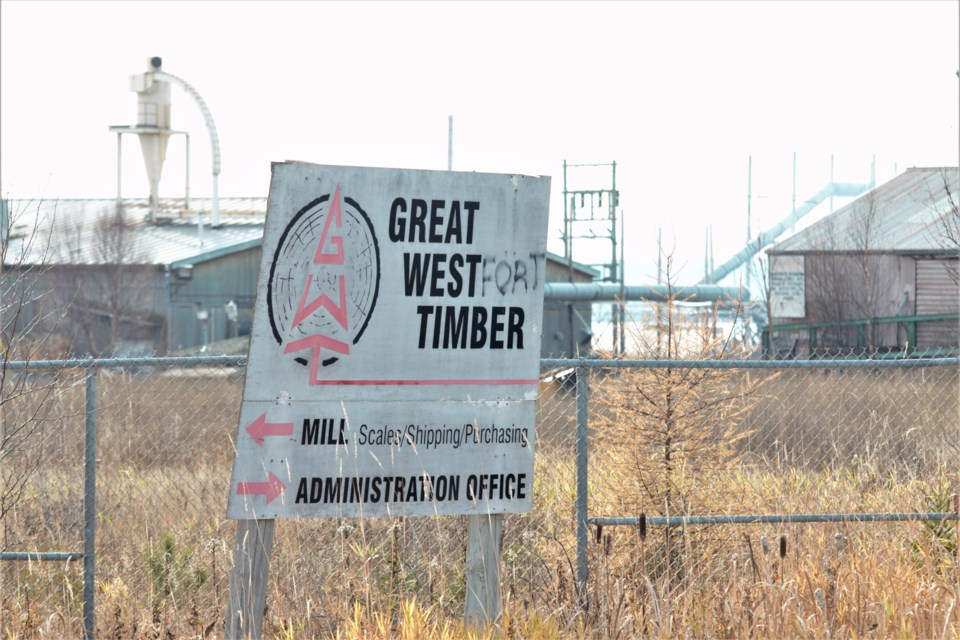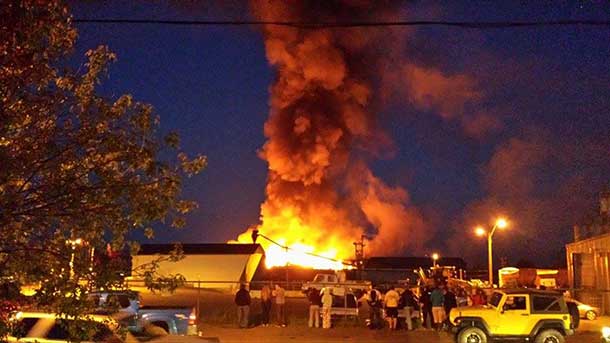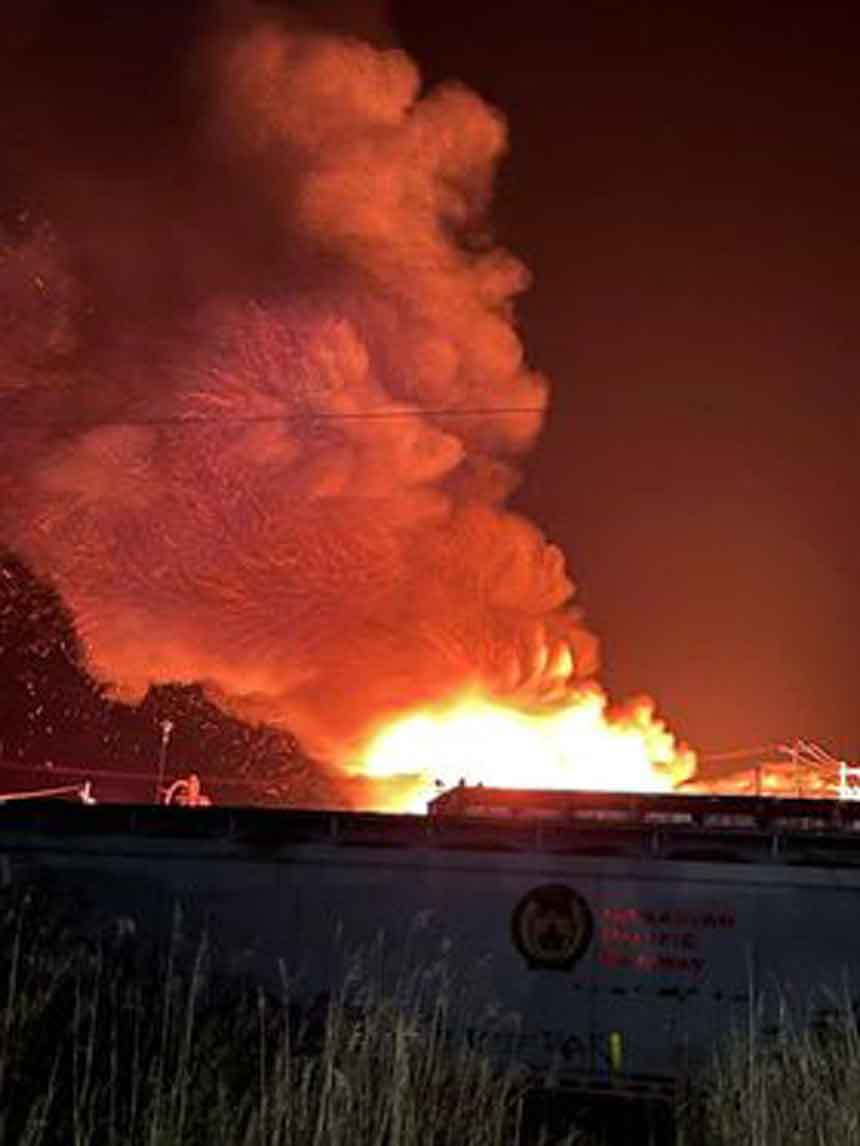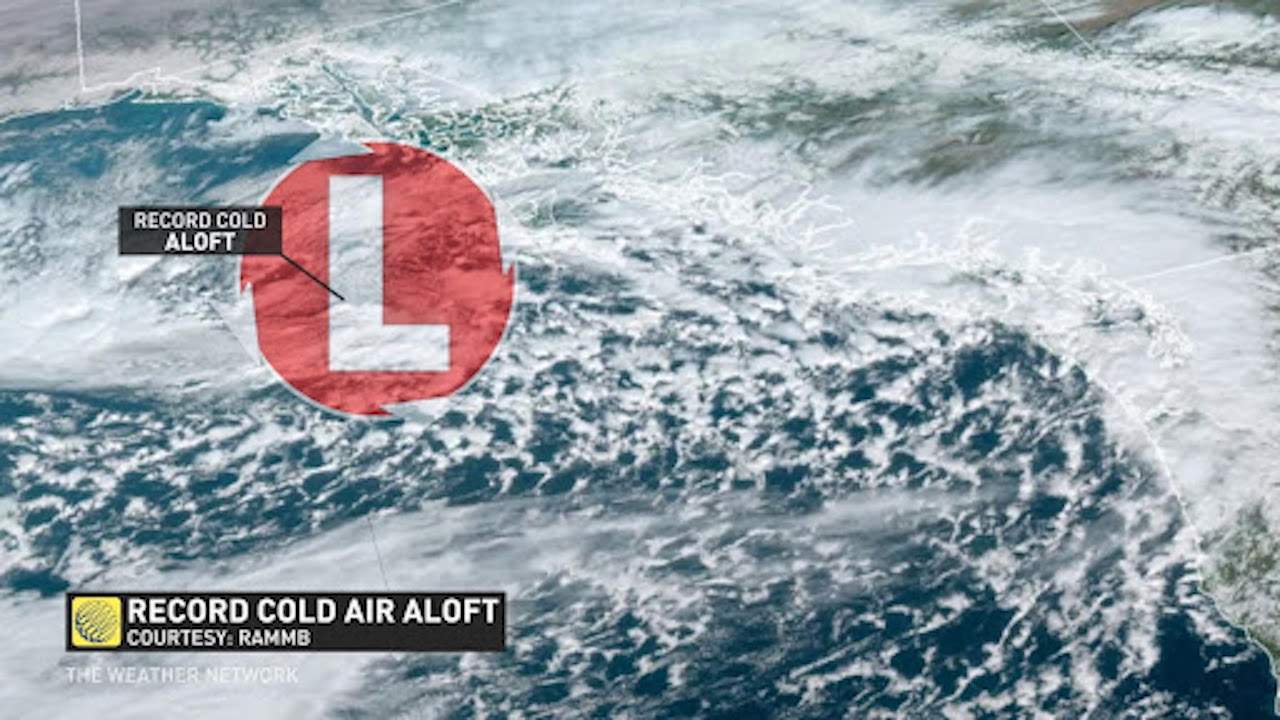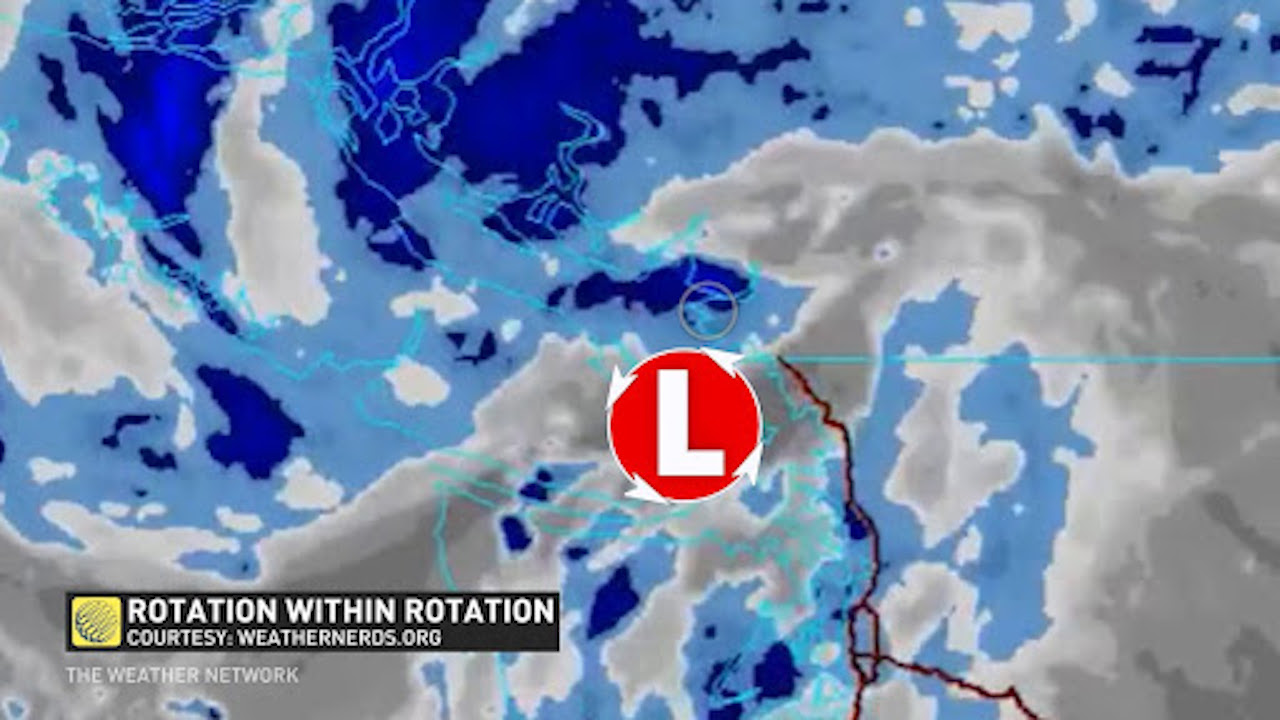Strike will prolong nursing crisis, U of Manitoba nursing educators say
Group calls on health minister to speak with premier to
resolve bargaining issues
A number of educators from the University of Manitoba say they're worried an ongoing faculty strike will put even more strain on what they call a nursing crisis in the province.
The educators, who are members of the University of Manitoba Faculty Association, went on strike Nov. 2, citing government interference in the bargaining process as a cause.
Nursing educators and supporters took those concerns straight to the source on Tuesday, with a noon-hour rally at the Manitoba legislature grounds.
Katie de Leon, a nursing instructor at the U of M, was there among the ranks of students, staff, faculty and supporters. She also wrote an open letter to Health Minister Audrey Gordon, which she sent Tuesday.
"I wanted the health minister to understand that this is an issue well beyond just education, and I wanted her to understand the impact of delaying the negotiations by not standing up and stopping the interference," she said.
The faculty association, which represents more than 1,000 U of M staff, has been fighting for higher wages for its members, arguing that low pay is causing retention and recruitment problems.
That's a problem within the nursing faculty, de Leon said in the letter, which was signed by 36 other nursing educators.
"Nursing instructors and assistant professors make less the nurses that we graduate," de Leon said.
"We're here because we're not looking at our salaries only. We're here to try to recruit nursing faculty to come and educate the future nurses in this province."
Sachin Katyal, a cancer researcher at the U of M, believes the health-care system has been gutted in Manitoba, and the province is seeing the consequences of that now.
"We've already heard about how our fellow Manitobans have been shipped out of province due to critical health staffing issues, and the way we're going, this will become the norm, not the exception," he said at the rally.
"Now more than ever is the time to invest in UMFA faculty, educators and researchers. Otherwise, this shortage will become even more dire."
Darlene Jackson, the president of the Manitoba Nurses Union, says there are currently 2,200 nurse vacancies in the province. More nursing grads are needed to help fill the gap, she said.
"You have our full support, because the health of our profession is closely tied to your future," Jackson said at the rally.
University should be independent: UMFA
De Leon's letter to the health minister said some colleagues have retired early or left the university for better paid positions elsewhere.
"We've been hearing throughout the pandemic especially about the value and importance of nurses, but also about the importance of retaining the nurses we have and continuing to get new nurses here in the province," Orvie Dingwall, the president of the UMFA, said in an interview on Tuesday.
"If we want more nurses here in Manitoba, then we need more nursing faculty to educate them. We can't provide that education if we don't have those faculty members."
The nursing educators are calling on the health minister to confer with newly elected Premier Heather Stefanson and other cabinet ministers to help bring about a resolution to the collective bargaining issues between UMFA and the university.
One of the key issues is what Dingwall says is government interference.
"It's because of the wage restraint legislation that's been in place for the last five years, and right now it's also a key issue at the bargaining table," she said.
"Our members really shouldn't have to worry about ministers and government — the university should be independent from the government."
A provincial spokesperson said the government is monitoring the situation, but respects that the university and faculty association are still in negotiations to explore resolution.
"No one wants further disruption to students and families already dealing with the pandemic, and we urge both sides to continue their efforts to find common ground," the spokesperson said in an email.
'Feel very devalued': instructor
De Leon says she took the letter to Gordon's constituency office in Southdale, planning to deliver it in person.
She says she waited for 15 minutes for someone to answer the doorbell, but nobody ever came.
When she peered through the door, she could see someone had just been sitting at the main desk, she said.
"First and foremost, I feel very devalued, because I stepped up when we had to teach our students online when the pandemic broke out. I stepped up to vaccinate Manitobans. I step up every day to continue to try and educate nurses," de Leon said.
"The least they could do is answer the doorbell."


